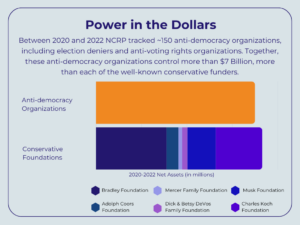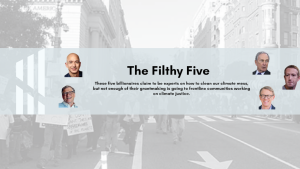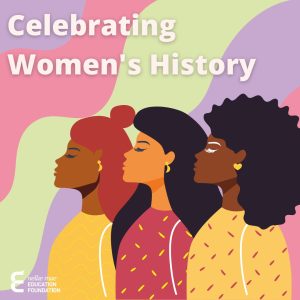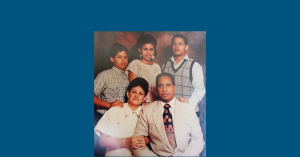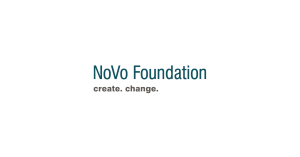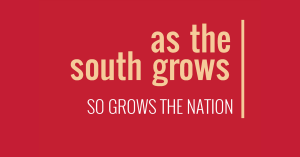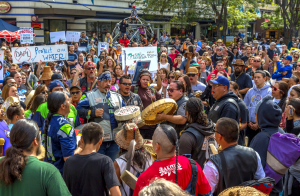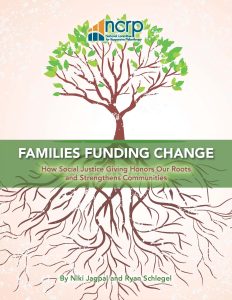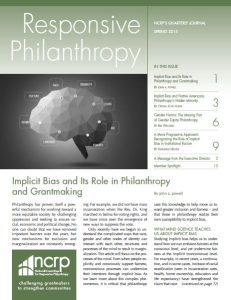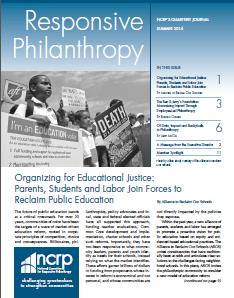Last week, Nonprofit Quarterly’s Anne Eigeman told a cautionary tale of stakeholder backlash (first reported by Wally Harbert in Third Sector). In “The Risk for Nonprofits in Excluding Stakeholders in Key Decision-Making,” she highlights the story of a hospice agency in the UK that decided to close its residential facility for the elderly in favor of home-based services, only to be told by the residents and their families that they didn’t want to move. The uproar resulted in both the chief executive and chairperson resigning.
Despite tales like this one – and extensive literature on the value of engaging stakeholders when deciding strategy, policy and practice – it appears that nonprofits and foundations still have a long way to go. In her report for Grantmakers for Effective Organizations (GEO), “Do Nothing About Me Without Me,” J. Courtney Bourns observes:
“The lack of genuine stakeholder engagement by grantmakers leads to frayed relationships with grantees and communities. During nonprofit focus groups convened for GEO’s Change Agent Project, participants repeatedly noted that the “power differential” between foundations and grantees leads to counterproductive relationships and sometimes can stand in the way of grantee success.”
This observation is backed by recent analysis from NCRP. In our first five foundation assessments for Philamplify, a new initiative to improve grantmaking, our researchers found that most of the foundations did a poor job of getting input from their nonprofit partners.
Among four of the foundations, NCRP surveyed grantees from the prior three years. (NCRP decided not to do a separate grantee survey for the fifth assessed foundation, The California Endowment, as it conducted a CEP Grantee Perception Report in 2012 and plans to do another one soon.) Their answers were strikingly consistent when it came to the opportunity to offer input.
Click chart to the right to enlarge and view responses.
Some foundations profess a commitment to engaging their stakeholders, yet their grantees may still feel they are left in the dark. NCRP’s Philamplify assessment of the Daniels Fund captured this type of disconnect. During our research process, we learned that the foundation had recently decided to refocus its grantmaking priorities in New Mexico. According to CEO Linda Childears, “Our executive team spent quite a bit of time with folks in the state.” NCRP’s assessment author, Kevin Laskowski, elaborated:
“The executive team made two trips – northern and southern tours of the state – and held more than 30 meetings with state-level officials, nonprofit leaders and others, a third of whom were grantees. However, nearly all of the grantees interviewed in New Mexico were surprised by the foundation’s eventual decision. ‘I don’t get the impression that they consulted anybody,’ one grantee said.” (p. 19)
How can well-intentioned foundations do a better job of engaging their grantees, as well as their peers and other community leaders? The GEO report recommends three steps:
- Survey grantees. None of the four foundations above has commissioned an anonymous grantee survey in recent years. (And only Lumina Foundation for Education cooperated with NCRP on our Philamplify survey of its grantees.)
- Gather input through focus groups, listening sessions and community meetings. The William Penn Foundation did hold several focus groups before creating a new strategic plan, but was later faulted for poor communication as the plan was being implemented. When gathering input, foundation leaders should give thought to who they include in the conversation, what types of input they seek and how they communicate what they learned and what decisions resulted.
- Share decision-making by having more representative staff and board and/or by delegating authority to foundation constituencies through grantmaking committees. The Philamplify assessments found that two place-based foundations, Robert W. Woodruff Foundation and William Penn, have all-white, elite (and mostly male) boards, yet they serve majority-minority cities. Bringing the voices and experiences of intended beneficiaries onto their boards could help them gain valuable input that is currently lacking.
In your experience, what have been some of the most effective ways for foundations to get input from nonprofits and other constituencies? Comment below and share your stories on www.philamplify.org!
Lisa Ranghelli is the director of foundation assessment at the National Committee for Responsive Philanthropy (NCRP). Follow NCRP on Twitter (@ncrp) and join the #Philamplify conversation.









